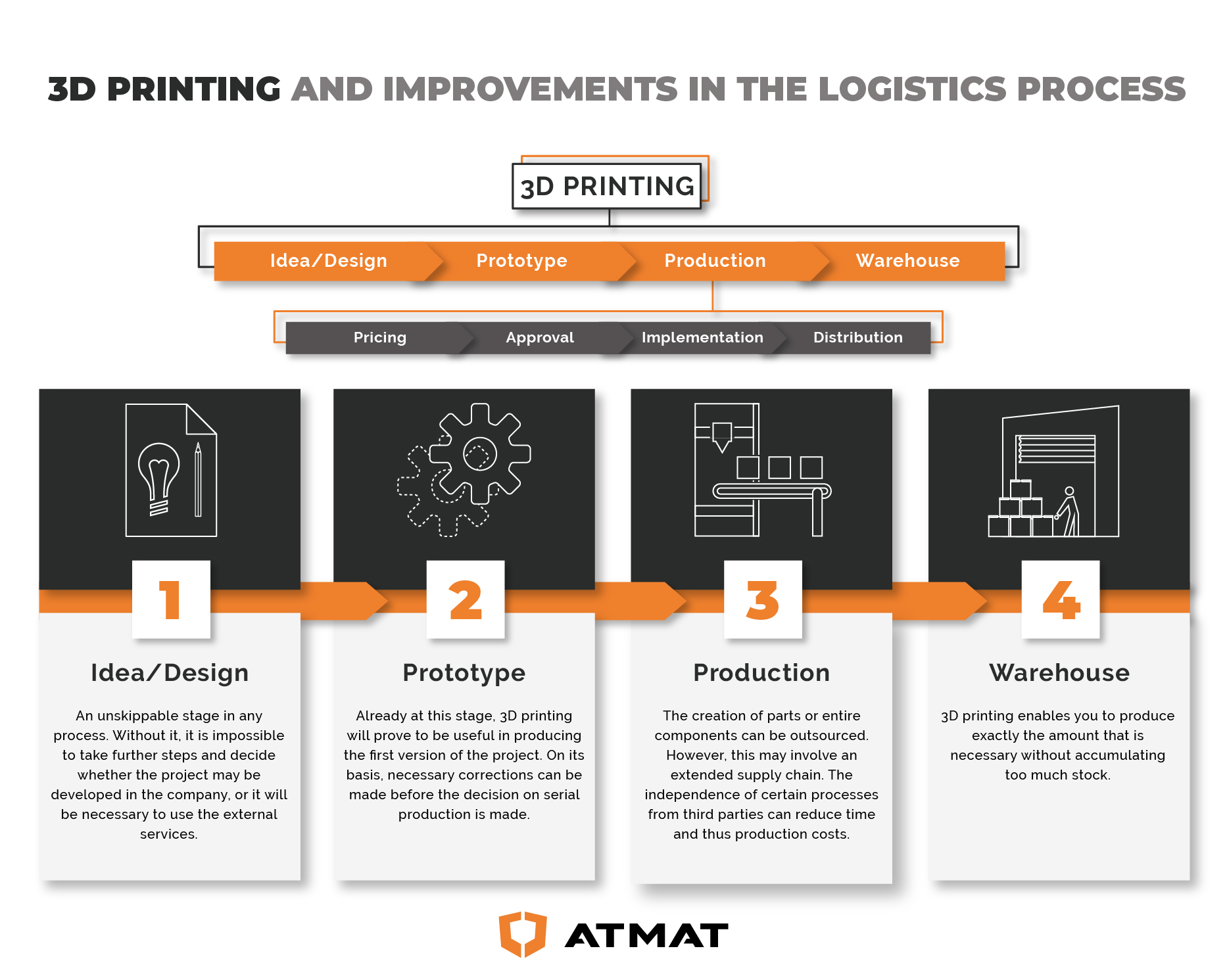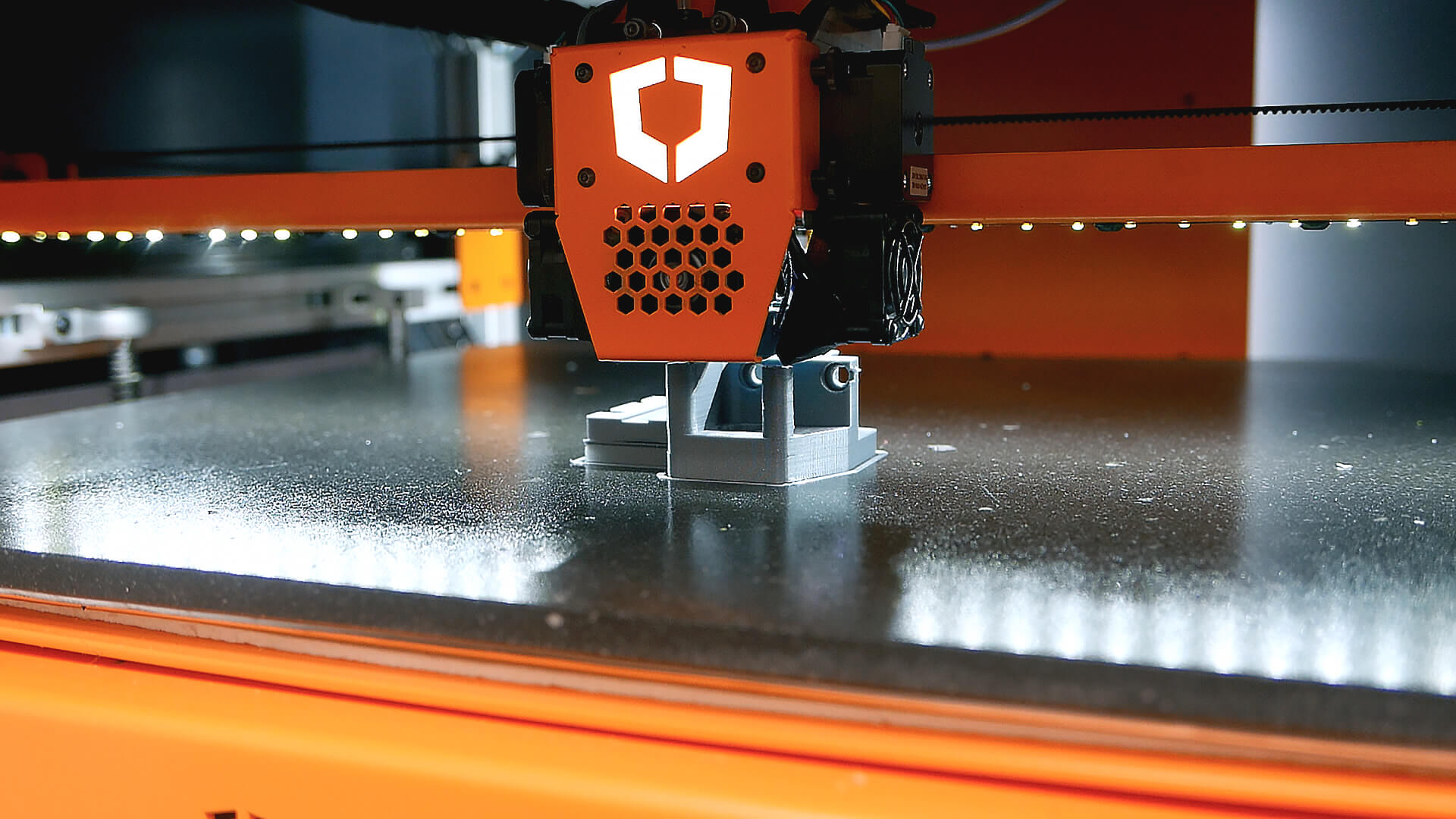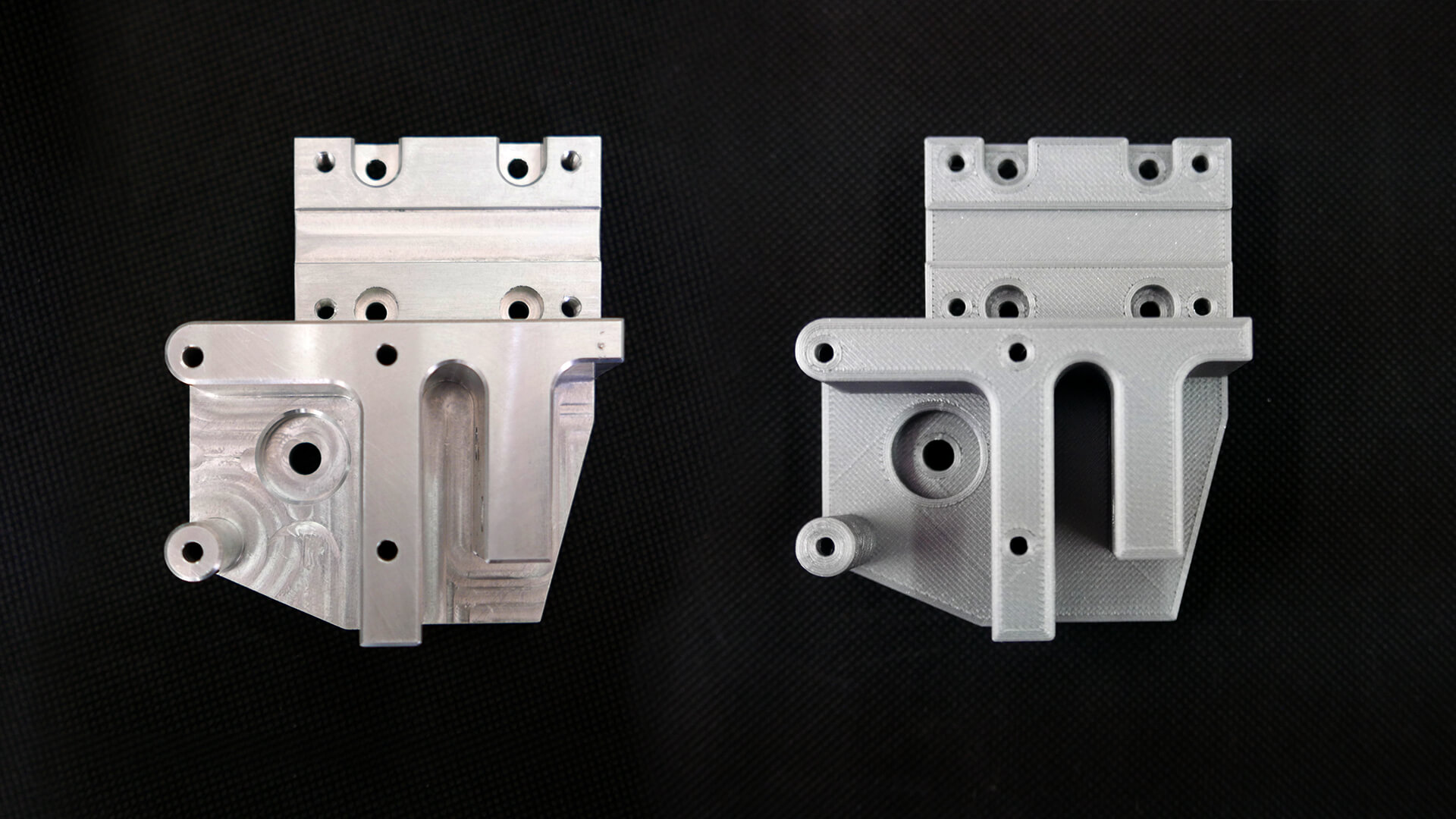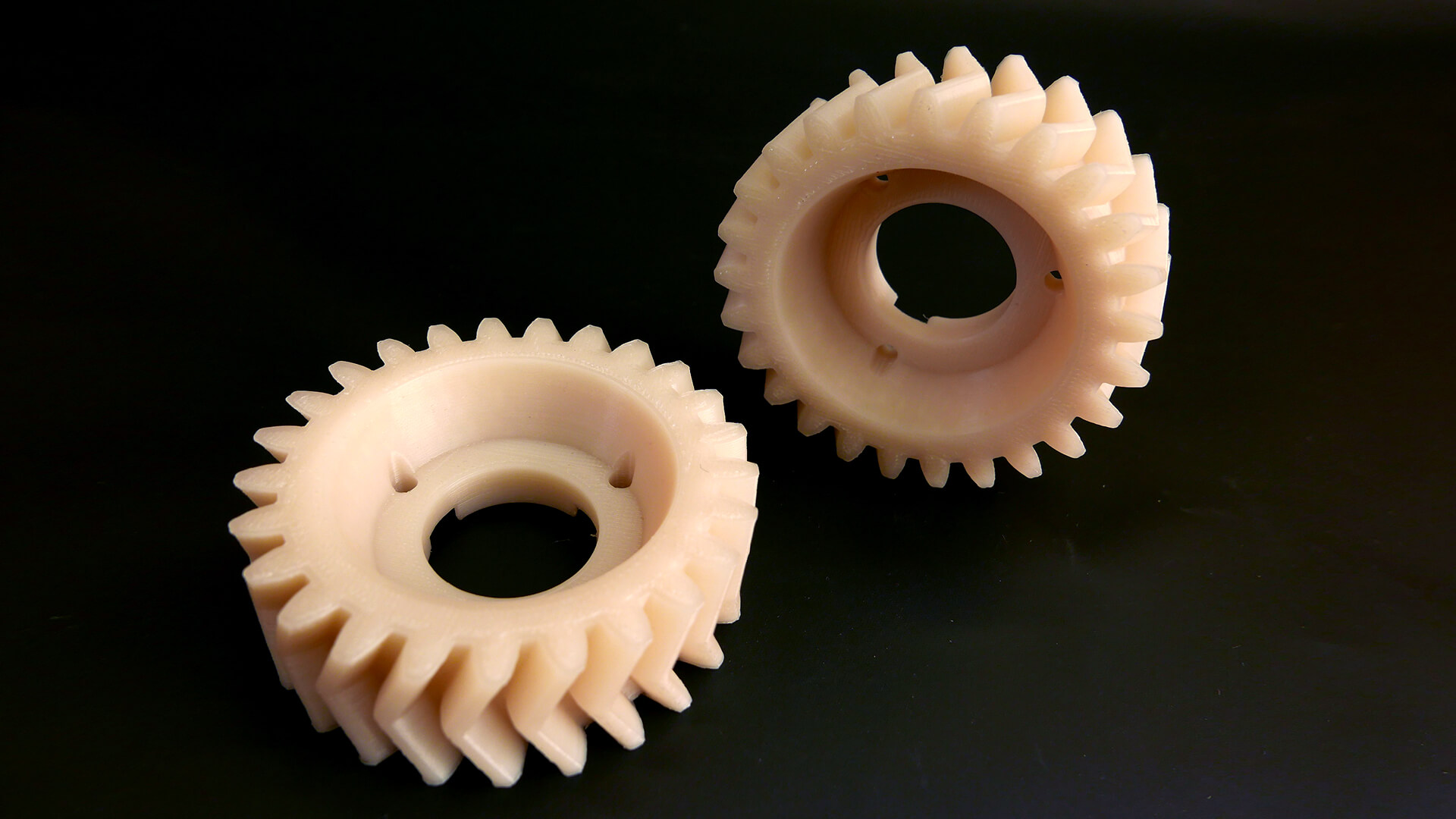The supply chain plays a vital role in companies' operations. Efficient and flexible reduces material losses, speeds up production time, and reduces costs. The development of economy and constantly growing consumer expectations inspire companies to look for new solutions allowing for better organization of production. One of them is to transfer part of the processes within the company and at the same time shorten the supply chain, which improves the company's logistics management system.
What role does 3D printing play in this process?
Independence of the company
Searching for sub-contractors, organizing tenders, negotiating a contract - selecting appropriate suppliers of particular services is a time-consuming process. The implementation of industrial technology allows limiting cooperation with external companies, which translates into shortening the formalities to the necessary minimum and visible savings - time and money - in the company. Local production also affects communication. Direct contact with people responsible for designing or making prototypes allows for efficient transfer of information and accelerates the final product.
 Presentation of the possibilities of using 3D printing to shorten the supply chain
Presentation of the possibilities of using 3D printing to shorten the supply chain
Flexible prototyping
The creation of prototypes becomes less time-consuming due to the implementation of an industrial 3D printer. This printer allows you to print both basic and advanced prototypes, test different versions of the product, and make corrections in real-time. The entire manufacturing process lasts from a few to several hours, depending on the printed element. The time saved in this way can be used to perform functional tests in various working conditions and eliminate design mistakes.
 3D printing - prototyping process
3D printing - prototyping process
The advantage of 3D printing in the company is the elimination of potential mistakes at the stage of creating prototypes. The company reduces costs while increasing production efficiency.
 Aluminium model made on a CNC machine and PLA model made on a 3D printer
Aluminium model made on a CNC machine and PLA model made on a 3D printer
Project optimization, cost optimization
The possibilities of using additive technology in production companies are huge and their potential is constantly growing. 3D printing allows for own production of specific elements and parts for production lines, the order of which from an outside company would often involve long waiting time for delivery. An industrial 3D printer can also be used to print personalized tools for employees or certain security features.
The resulting elements, depending on the type of filament used, are characterized by strength, resistance to high temperature, or selected chemicals, so they can successfully replace most of the tools in the production halls.
Even in the most modern technology parks, there are unpredictable situations - such as failures leading to production stops. At such a moment the company is exposed to huge financial losses. They intensify with each day of downtime, resulting from waiting for spare parts to be delivered to machines and other equipment.
 Gears made on a 3D printer in FDM technology
Gears made on a 3D printer in FDM technology
The best solution during a breakdown is to use a professional 3D printer, which allows you to print the necessary parts yourself. 3D printing allows you to get a precisely reproduced part needed in a short time and at a low cost.
Evident savings
A professional 3D printer also allows you to limit the storage of spare parts, i.e. to freeze funds in parts that may never be used. As a manufacturer who cannot afford to stop production due to the lack of specific parts, we can print them instead of store them. A design file for printing takes up much less space and is always at hand. Also, the company reduces the costs associated with renting storage space.
The implementation of 3D printing affects cost optimization and process speed at every stage of the supply chain. The efficiency of production increases, while at the same time reducing the logistic process and shortening the waiting time for external deliveries.
Summary
The beginning of 2020 proved that the vision of transferring as many processes as possible within the company is becoming increasingly clear. The dynamically changing global business market and the development of Industry 4.0 open up completely new production opportunities for companies.
